Explore the various types of nose and learn how to select the perfect nose shape that suits your face. Dr. Rahul Gogoi shares expert insights from years of maxillofacial surgery experience.
Why Nose Shape Matters More Than You Think
In facial aesthetics, few features are as defining as the nose. It holds a central position and significantly influences how balanced and symmetrical your face appears. While social media filters and AI-enhanced images can present unrealistic expectations, the reality is that the perfect nose shape is highly individual. It must suit your face structure, gender, and skin type.
According to Dr. Rahul Gogoi, a renowned maxillofacial surgeon specializing in rhinoplasty since 2012, the key to achieving a naturally beautiful nose lies in trusting your surgeon’s experience and understanding the anatomical balance behind your facial features.
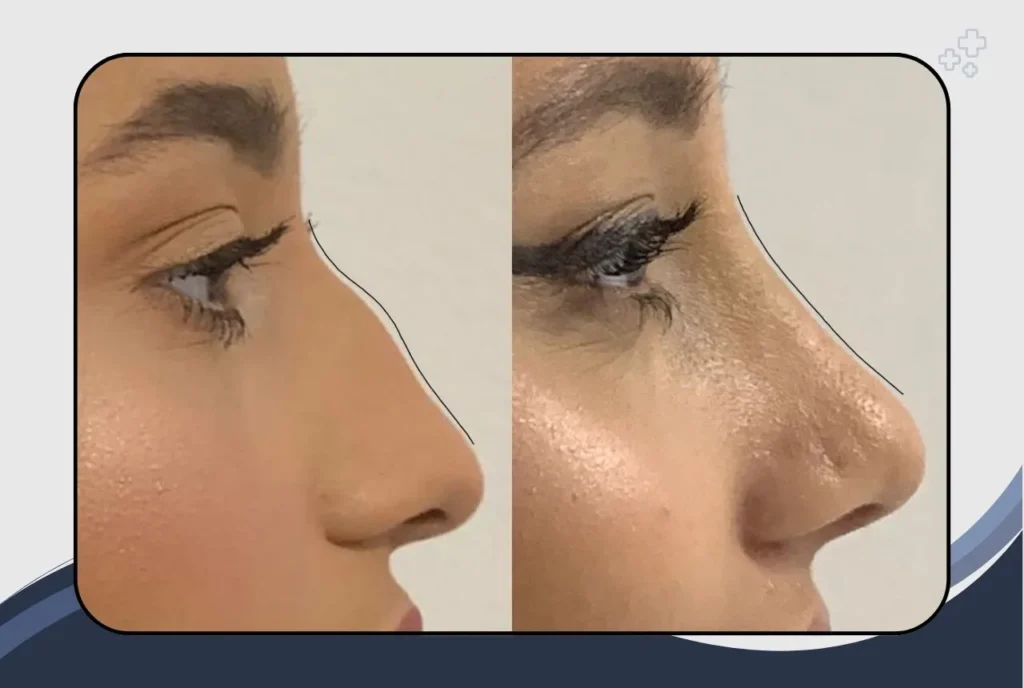
Different Types of Nose: A Guide to Nose Shape Types
People around the world exhibit diverse nose shape types based on ethnicity, genetics, and facial bone structure. Here are some of the most common types of nose:
- Straight Nose (Greek Nose): A smooth, straight dorsum from the radix to the tip, considered highly desirable in many cultures.
- Roman Nose: Prominent bridge with a slight curve, projecting a bold and authoritative profile.
- Snub Nose: Small and slightly upturned, offering a cute and youthful look.
- Nubian Nose: Longer with a wider base, commonly seen in African heritage.
- Alar Nose: Characterized by wide nose alar flares, visible nostrils, and soft tissue bulk near the nostril wings.
- Flat Nose: Low nasal bridge and broad nostrils, commonly seen in East Asian populations.
- Bulbous Nose: Round and wide tip, often caused by excess cartilage or skin thickness.
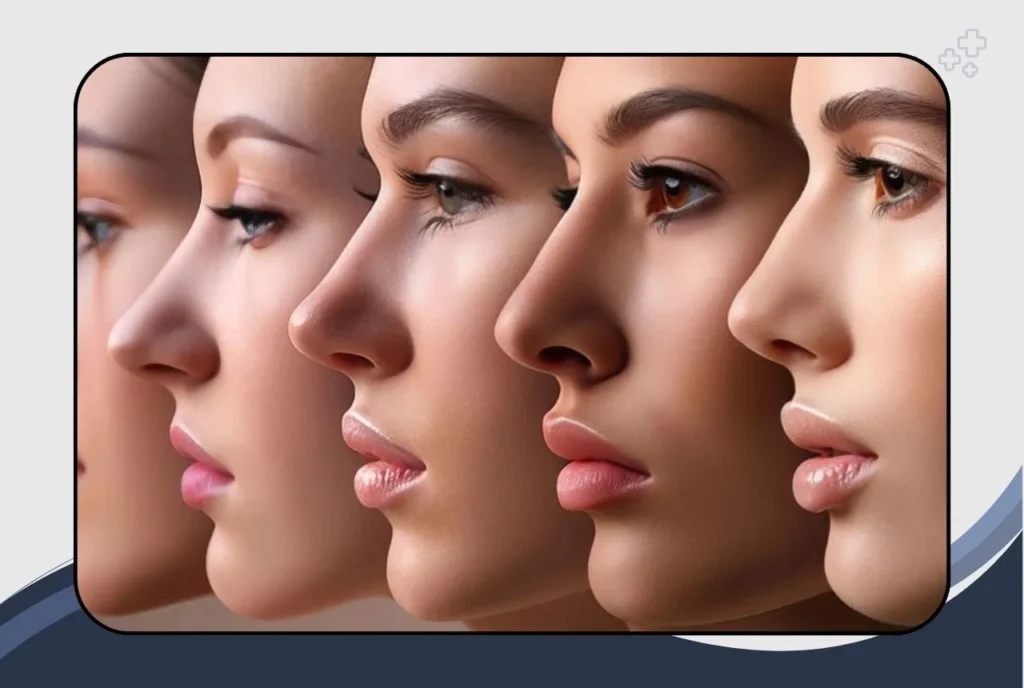
Each of these nose shape types may require a different approach in aesthetic planning, especially during surgical procedures like rhinoplasty or alarplasty.
What Is Nostril? Understanding the Nostrils and Nose Alar
To understand rhinoplasty, you must first understand what is nostril and how it contributes to the nose’s appearance.
The nostrils are the two external openings of the nasal passage, bordered by soft cartilage known as the alar. The outer sides, known as the nose alar, shape the nasal base and determine the nose’s width and contour from the front view.
In many cases, wide or flared nostrils make the nose appear unbalanced. As Dr. Gogoi emphasizes, this often happens when the tip of the nose is too flat, or there’s collapse in the alar cartilage, resulting in excessive nostril show and poor definition.
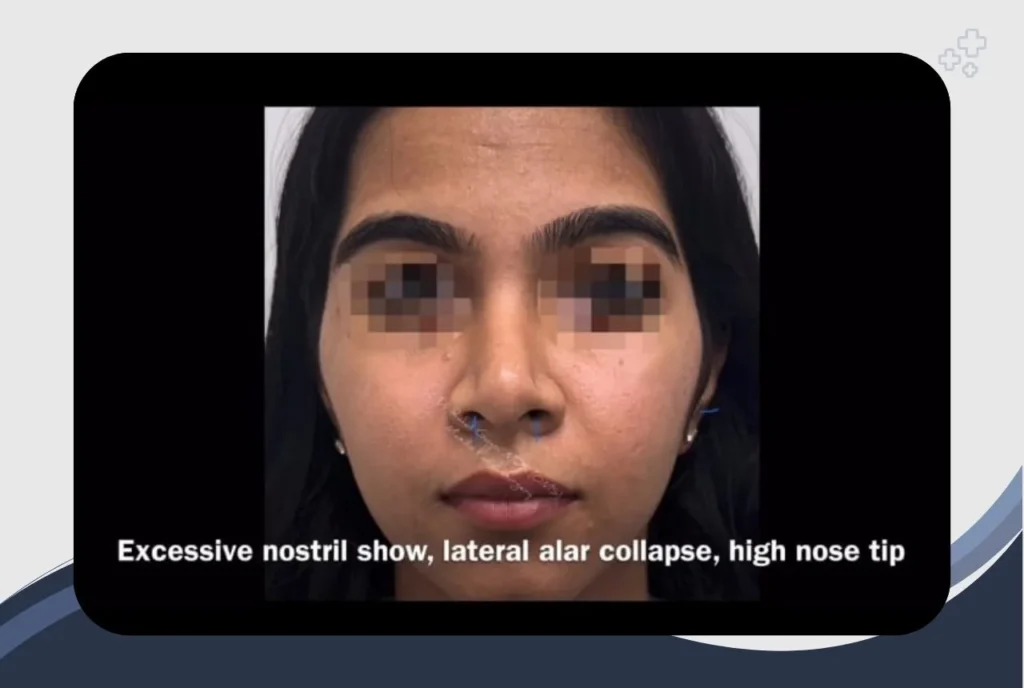
Alarplasty: Surgical Refinement of the Alar Nose
Alarplasty is a focused surgical procedure that narrows the base of the nose by reshaping the alar region. It is especially effective in correcting an alar nose with visible flaring or imbalance in nostril symmetry.
Dr. Gogoi often performs alarplasty as part of comprehensive rhinoplasty. In one of his recent cases, he treated a female patient with the following nasal features:
- A low radix (the upper starting point of the nose between the eyes).
- A slightly high nasal dorsum.
- A flat nasal tip.
- A short columella leading to a bulbous appearance.
- Visible and wide nostrils due to collapsed nose alar structure.
His treatment plan involved:
- Raising the nasal tip to create a more feminine profile.
- Increasing the radix height with cartilage grafts to balance with the forehead.
- Correcting the alar collapse to reduce nostril show.
- Creating an upturn at the tip for a shorter and sharper-looking nose.
- Using alarplasty to narrow the nostril width for facial harmony.
The Importance of Tip Position and Angle
One of the most overlooked elements in selecting the perfect nose shape is the tip angle, especially for women.
Dr. Gogoi explains that in female rhinoplasty, a slight upturning of the nasal tip can make the nose appear more refined, shorter, and balanced. However, many patients hesitate, fearing that an upturned nose may look artificial or “piggy.”
In the case mentioned earlier, the patient initially declined an upturned tip and requested a straight one. Although the result was aesthetically improved compared to her original shape, the nose appeared longer post-surgery.
Eventually, the patient agreed to a revision surgery, allowing Dr. Gogoi to perform the desired tip upturning. This minor adjustment dramatically enhanced her facial proportions, shortened the nose, and corrected the overall imbalance caused by her earlier decision.
“Upturning the nasal tip in females gives a more compact and youthful look. When planned properly, it doesn’t look artificial—it looks natural and proportional,” says Dr. Gogoi.
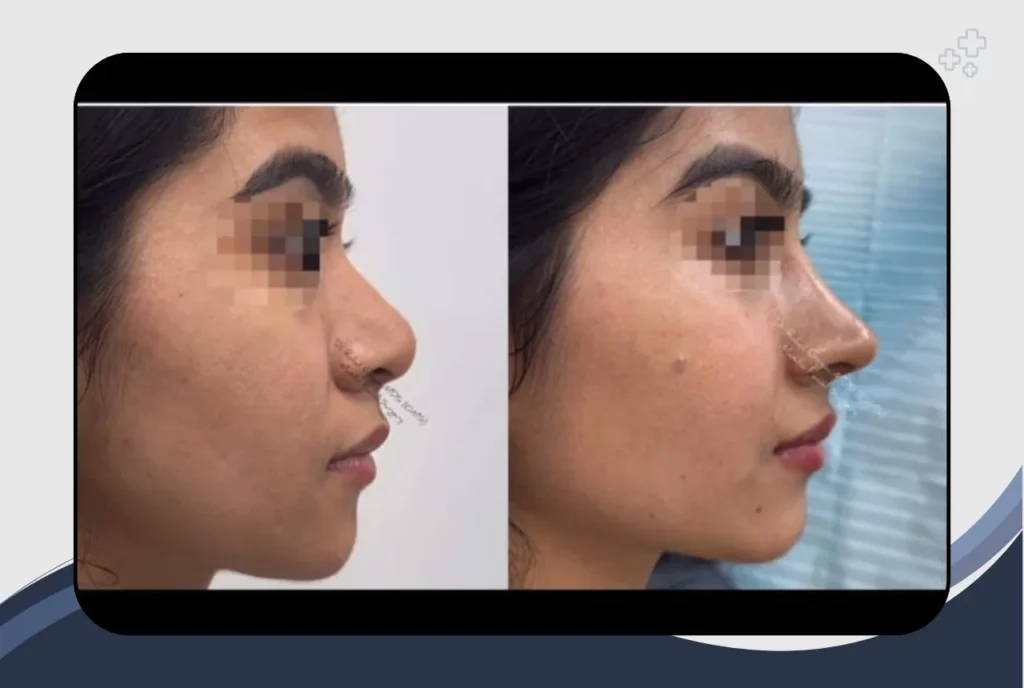
Before and After: A Case Study in Expert Rhinoplasty
Here is a summary of changes observed in Dr. Gogoi’s case five months post-surgery:
- Reduced nostril visibility: Thanks to correction in nose alar collapse and alarplasty.
- Better-defined nasal tip: Raised and reshaped for a more balanced look.
- Straighter bridge: Improved radix and dorsum alignment.
- Shortened nose appearance: Achieved through proper tip elevation and contouring.
- Improved symmetry: Visible especially in front and side profiles.
- No alar collapse: Restoration of lateral nasal wall structure.
Despite some residual swelling (common within a year of surgery), the final result was more harmonious and natural, proving that the best noses are those that blend seamlessly with individual features, not imitate filtered images.
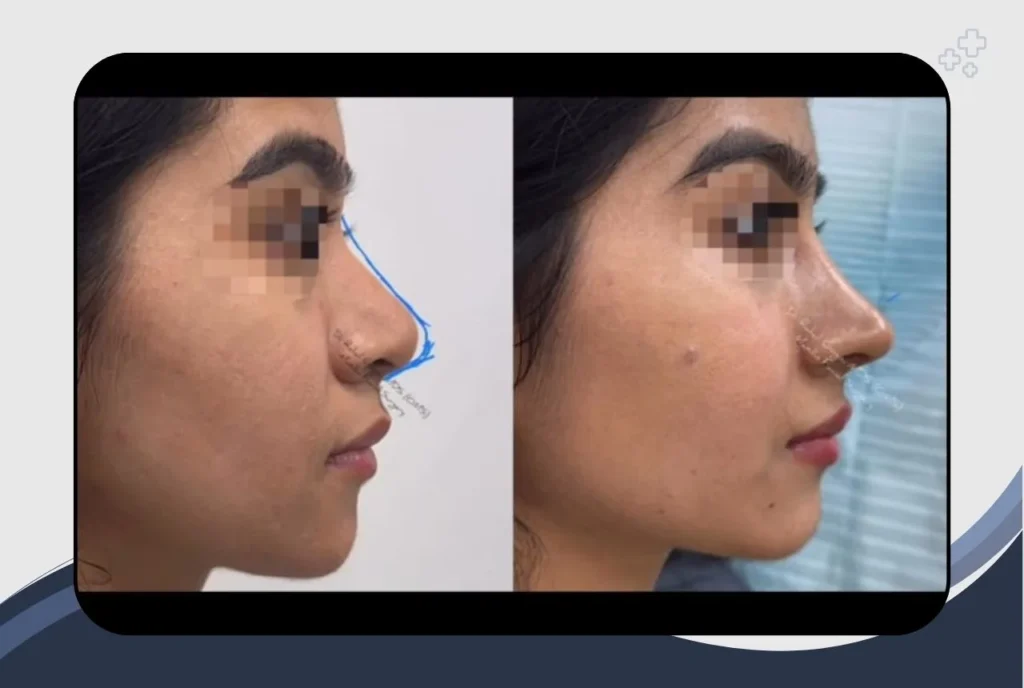
Trusting Your Surgeon vs. Instagram Filters
Dr. Rahul Gogoi strongly advises patients not to fall into the trap of digitally altered photos and influencer aesthetics. What may seem like the perfect nose shape online may not suit your actual face.
“Filters can be misleading. Our job as surgeons is to advise what actually works with your bone structure, skin thickness, and facial geometry,” he explains.
Surgeons with years of experience in maxillofacial planning understand the science behind nose shape types, facial ratios, and how subtle changes affect the whole face. Listening to your surgeon not trends- is key.
Final Thoughts: What to Remember Before Choosing a Nose Shape
When selecting or altering your nose, keep these tips in mind:
✅ Understand the types of nose and how each relates to your features.
✅ Learn what is nostril and how the nose alar shape affects appearance.
✅ Consider alarplasty if you have flared or wide nostrils.
✅ Talk to your surgeon about the tip angle and whether an upturned nose suits your gender and face.
✅ Avoid copying internet trends and trust your doctor’s experience.
✅ Remember that the best noses are those that balance function and form.
In the words of Dr. Rahul Gogoi:
“Every face tells a different story. Your nose should enhance, not distract. Trust the science, trust your surgeon, and you’ll find the nose that’s truly yours.”

